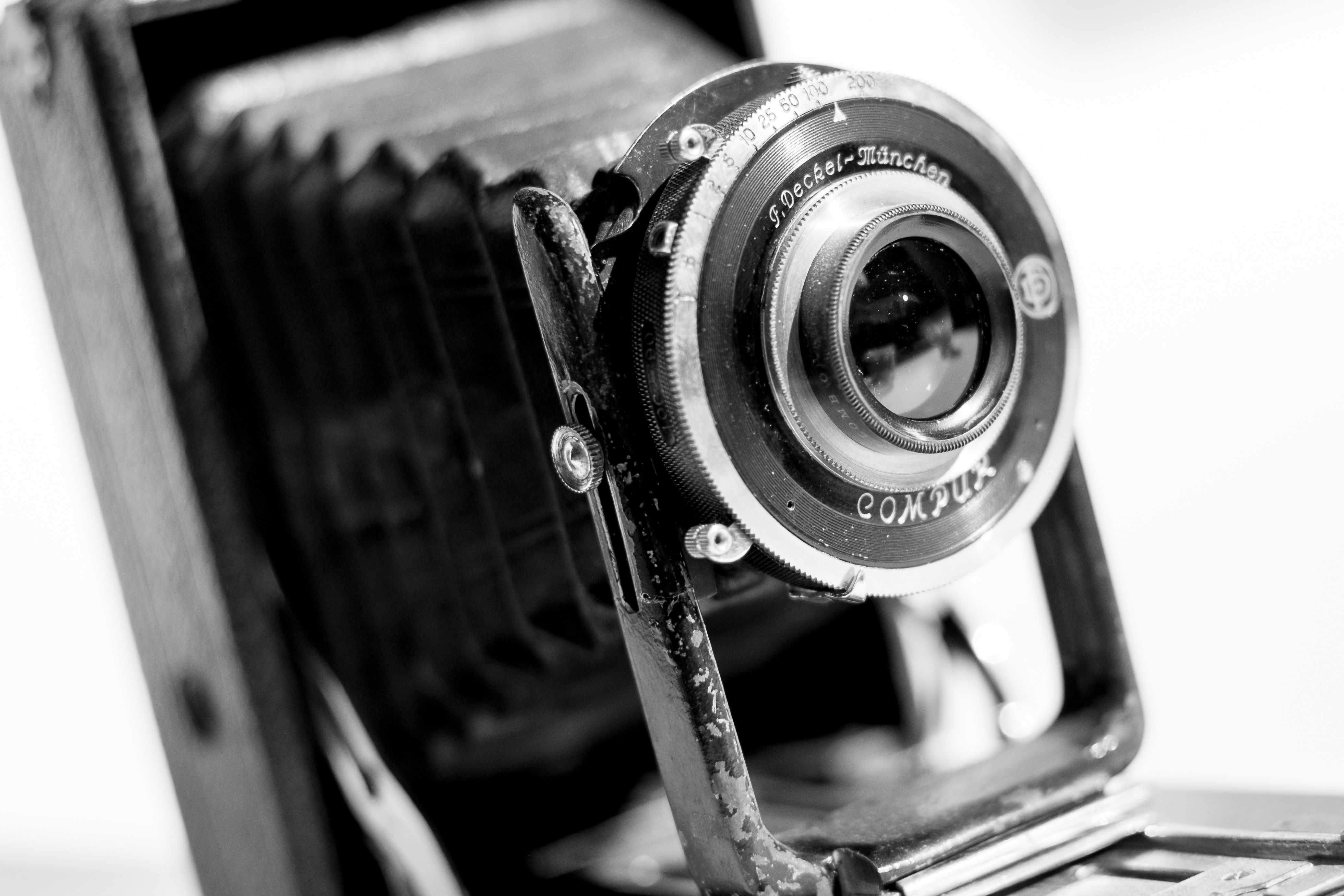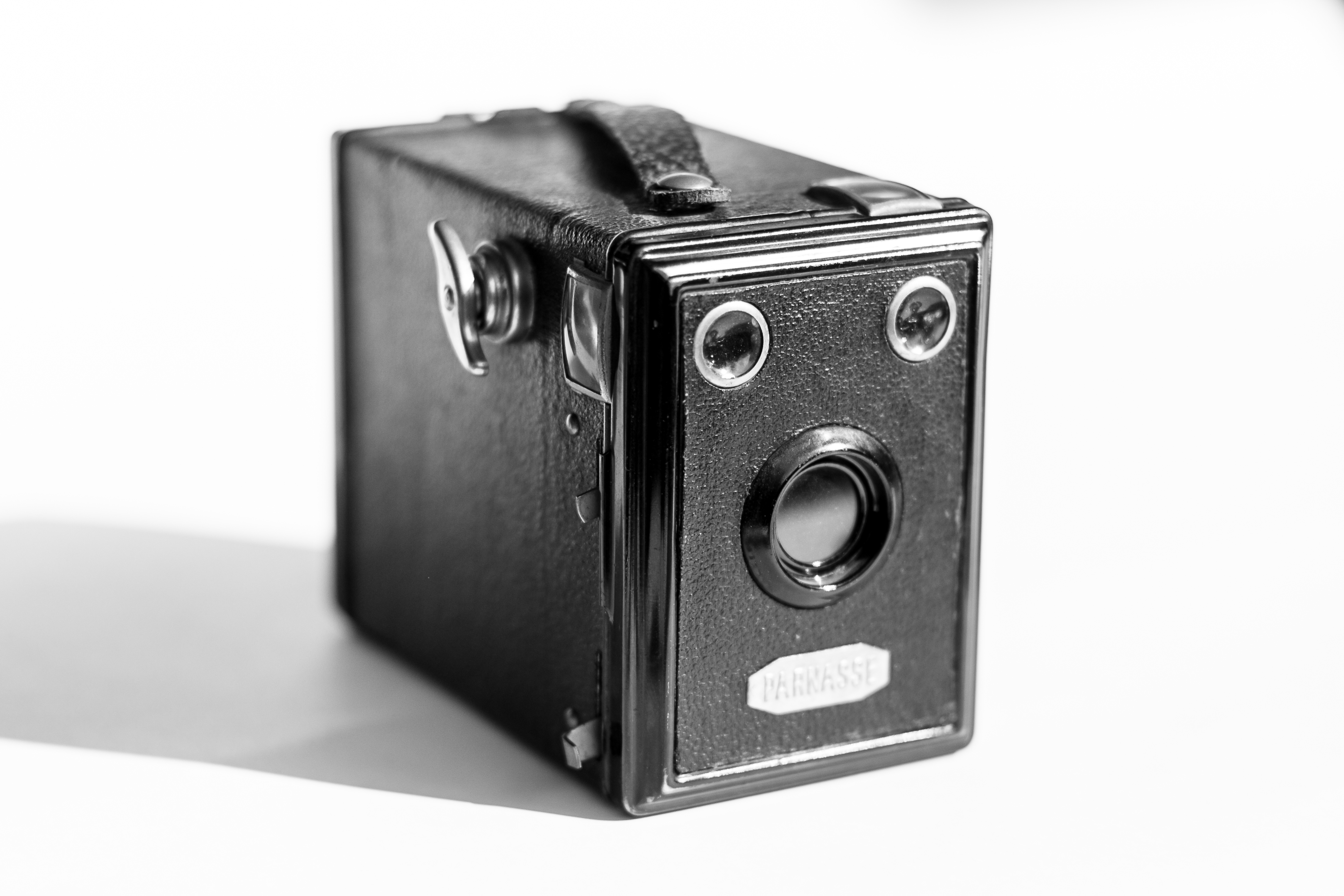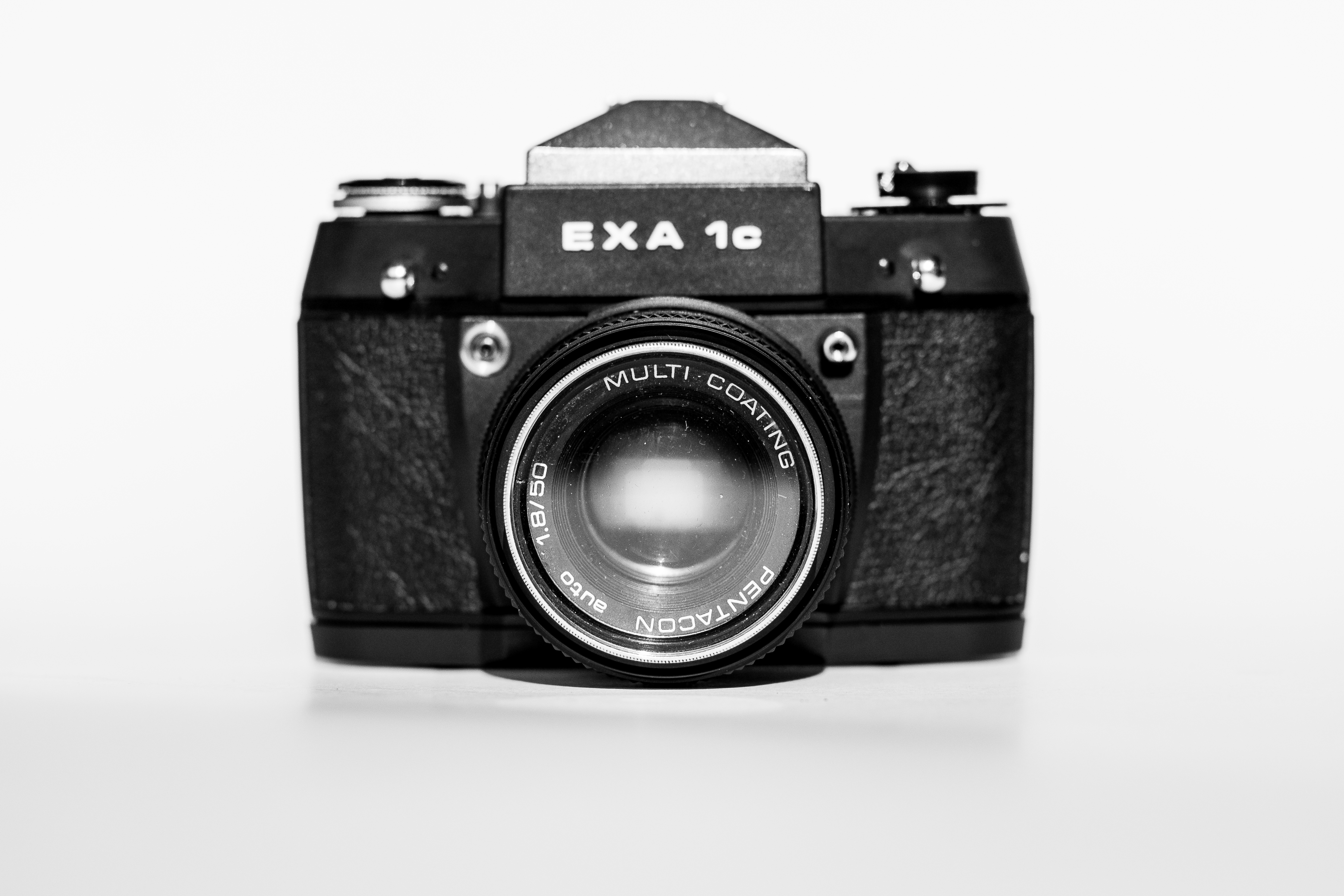It’s nearly a year ago I bougt the Fuji X-E1. I took about 11.000 photos with it in the last year, so it’s time for a resumee how it is working.
Before I mostly took photos with a Canon 50D with a couple of lenses, namely a Sigma 10-20, a Canon 17-55/2.8, a 50/1.8 and a 70-200/2.8. The 70-200 mostly stayed at home because it was too heavy. The rest was carried around every holiday, using mostly the 17-55, sometimes the 10-20. The camera is great, the lenses are good, but it is heavy stuff and being past 30 it got on my back. So I decided to try the Fuji X-E1 and only the 18-55mm Kit lens for a start.
It was supposed to become a light travel camera, used when I did not want to carry the heavy machinery. It turned out to be the best camera I have used since the days of film. I immedeately liked the way you set up stuff: there is a time dial, aperture is set via a dial at the lense and that’s it. Auto ISO or just fixed ISO is selected via the easily accessible Q-Menu. The settings you change are all included in the Q-Menu, accessible with a simple key press.
In the beginning Autofocus was slow. Painfully slow. And then the firmware updates came in. Kai-Zen at it’s finest, Fuji seems to really care about the customers who already bought a camera. New firmware for the lenses, new firmware for the camera. And each time it improved something, not only some new feature nobody needed. Except one thing (the beep at the last update) everything improved with an update.
In the meantime the Kit Lens has been joined by the 14/2.8 from Fuji and by an older Canon FD 55/1.2 with an adapter. I sometimes miss a telephoto lens and started thinking about the 50-200 from Fuji. But on the other hand, I rarely use a tele. The X-E1 has been with me in a lot of situations I would not have carried the Canon gear. Using only the kit lens covers about 90% of my photography needs. The wide angle is nice, but with the panorama function most of the time you do not even need a wide angle…
The image quality of the camera is outstanding, I like the color renditions of the JPGs right out of the camera. The electronic viewfinder enabled me to get the correct exposure on nearly every shot. I shoot RAW+JPG, but I find most often that the JPG is better than what I get from the RAW in Lightroom, although I still have to check with Lightroom 5.4 (which finally has the correct camera profiles). The JPGs straight out of camera are nearly perfect. The Velvia Film mode is brilliant, as is the black and white rendering when you select a monochrome mode.
What I really like about the camera is that it is not annoying. If you take pictures with it, people won’t really notice. It’s small, it’s unobtrusive. People do not object, they keep natural when you are around with this camera. With the Canon everybody usually got the “I’m on Camera”-Face… And with the really good low light capability of the camera and the quite open kit lens (2.8-4) you do not need a flash. Even if you do, the build in flash, bounced of the ceiling does a quite good job. It’s not really powerful, but it lights up the scene good enough.
So what are the weak points of the camera? Autofocus is definitely much slower than the Canon, especially at low light it needs some time to get the correct focus. However, this is compensated by a really good manual focus (10x zoom in on the viewfinder and focus peaking). And in good light it is good enough. Besides that, I have not yet found a really bad point. The RAW support in Lightroom is not perfect, but getting better. And most of the time the JPG out of camera is perfect.
The worst thing about the camera: I am really tempted to buy more lenses and maybe a X-E2 or an X-PRO2 when it comes out). This camera makes me want to throw more money at Fuji, even if I already have all I need…



